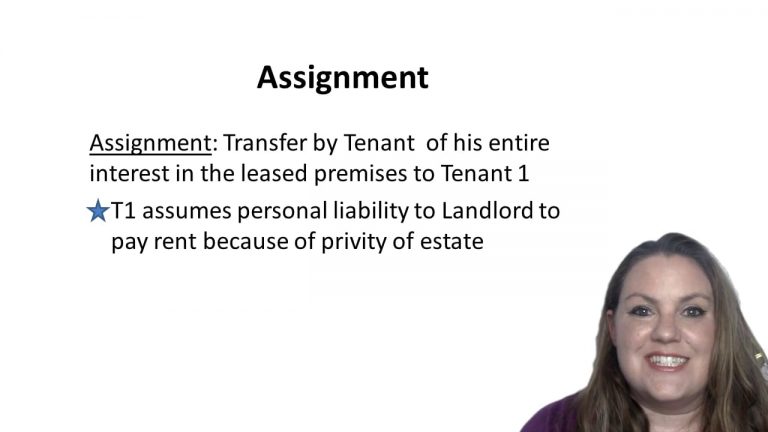SmartBrief
Confirm favorite deletion?
Property Keyed to Merrill
Berg v. Wiley
Citation:
264 N.W.2d 145 (Minn. 1978)
ProfessorTodd Berman
CaseCast™ – "What you need to know"
Facts
Berg entered a lease agreement with Wiley that included the following conditions: Berg could not make changes in the building structure without prior written authorization from Wiley, and Berg must operate the restaurant in a lawful and prudent manner. The lease agreement gave Wiley the option to retake possession of the premises if Berg failed to meet the conditions of the lease. Berg modified the interior of the restaurant without obtaining the authorization of Wiley and persisted in her modifications after his objection. Berg also failed to operate the restaurant in compliance with appropriate health codes. Wiley’s attorney alerted Berg to her breach of the lease and gave her the option to comply within two weeks, or Wiley would retake possession of the property. On the last day of the two-week period, Berg closed the restaurant for remodeling and Wiley attempted to change the locks in her absence, but upon Berg’s request, Wiley conceded to leave the locks unchanged. Later that same day, Wiley observed Berg and her friends remodeling the restaurant, and, fearing that they were destroying the property, Wiley demanded to be admitted. This encounter resulted in Berg calling the police, who mediated an agreement to preserve the status quo until each party met with their counsel. Later that week, Wiley entered the premises and changed the locks in Berg’s absence and without her knowledge. Subsequently, Wiley re-let the premises to a new tenant.
Only StudyBuddy Pro offers the complete Case Brief Anatomy*
Access the most important case brief elements for optimal case understanding.
*Case Brief Anatomy includes: Brief Prologue, Complete Case Brief, Brief Epilogue
- The Brief Prologue provides necessary case brief introductory information and includes:
Topic:
Identifies the topic of law and where this case fits within your course outline.Parties:
Identifies the cast of characters involved in the case.Procedural Posture & History:
Shares the case history with how lower courts have ruled on the matter.Case Key Terms, Acts, Doctrines, etc.:
A case specific Legal Term Dictionary.Case Doctrines, Acts, Statutes, Amendments and Treatises:
Identifies and Defines Legal Authority used in this case.
- The Case Brief is the complete case summarized and authored in the traditional Law School I.R.A.C. format. The Pro case brief includes:
Brief Facts:
A Synopsis of the Facts of the case.Rule of Law:
Identifies the Legal Principle the Court used in deciding the case.Facts:
What are the factual circumstances that gave rise to the civil or criminal case? What is the relationship of the Parties that are involved in the case.Issue(s):
Lists the Questions of Law that are raised by the Facts of the case.Holding:
Shares the Court's answer to the legal questions raised in the issue.Concurring / Dissenting Opinions:
Includes valuable concurring or dissenting opinions and their key points.Reasoning and Analysis:
Identifies the chain of argument(s) which led the judges to rule as they did.
- The Brief Prologue closes the case brief with important forward-looking discussion and includes:
Policy:
Identifies the Policy if any that has been established by the case.Court Direction:
Shares where the Court went from here for this case.

 11m 7s
11m 7s 6m 3s
6m 3s